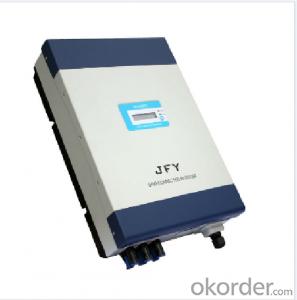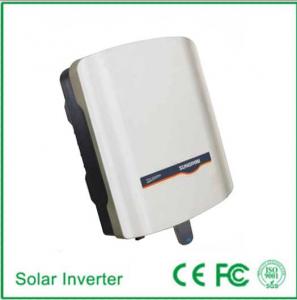Rssi Solar Inverter
Rssi Solar Inverter Related Searches
Grundfos Rsi Solar Inverter Rv Solar Inverter Solar Inverter Rv Rv Solar Power Inverter Solar Rechargeable Inverter Solar Solar Inverter Rv Solar Inverter Systems Residential Solar Inverter Solaris Solar Inverter Reactive Power Solar Inverter Raspberry Pi Solar Inverter Inverter For Rv Solar Renovo Solar Inverter Rv Solar Inverter Kit Solar Rooftop Inverter Ryobi Solar Inverter Solar Smart Inverter Rec Solar Inverter Smart Inverter Solar Smart Solar Inverter Inverter Solar Rv Solar System With Inverter Rich Solar Inverter Solar Energy Inverter Rv Solar Inverter Charger Ryobi Solar Charger Inverter Power Solar Inverter Galaxy Solar Inverter Solar Inverter For Rv Refusol Solar InverterRssi Solar Inverter Supplier & Manufacturer from China
Rssi Solar Inverter is a range of high-quality solar power conversion devices designed to optimize the performance of solar energy systems. These inverters are engineered to convert the direct current (DC) generated by solar panels into alternating current (AC), which can be used to power homes, businesses, and other electrical devices. The advanced technology and efficiency of Rssi Solar Inverters make them a popular choice for various applications, including residential, commercial, and industrial settings. They are particularly useful in areas with limited access to traditional power sources or where there is a need to reduce reliance on fossil fuels.Rssi Solar Inverters are widely used in a variety of scenarios, from small-scale residential solar installations to large-scale solar power plants. They are also commonly employed in off-grid systems, where they provide a reliable source of power for remote locations without access to the main power grid. Additionally, these inverters are utilized in grid-tied systems, where they help to reduce electricity bills by feeding excess solar power back into the grid. The versatility and reliability of Rssi Solar Inverters make them an essential component in the growing renewable energy market.
Okorder.com is a leading wholesale supplier of Rssi Solar Inverters, offering a vast inventory of these essential solar power conversion devices. With a commitment to providing high-quality products at competitive prices, Okorder.com ensures that customers have access to the best Rssi Solar Inverters for their specific needs. By maintaining a large inventory, Okorder.com is able to cater to the diverse requirements of various industries and applications, making it a one-stop-shop for all solar inverter needs.
Hot Products



















































